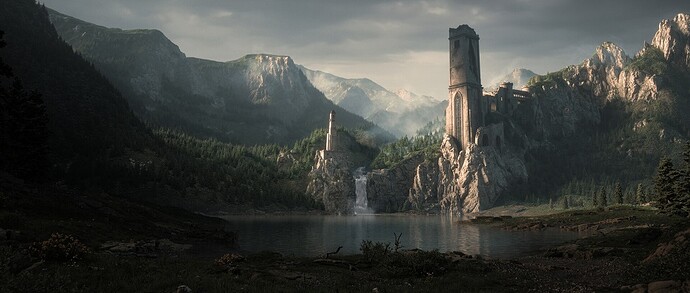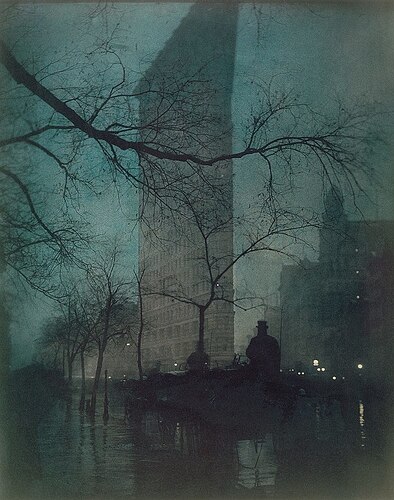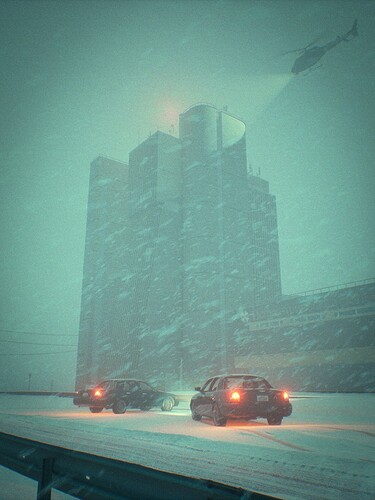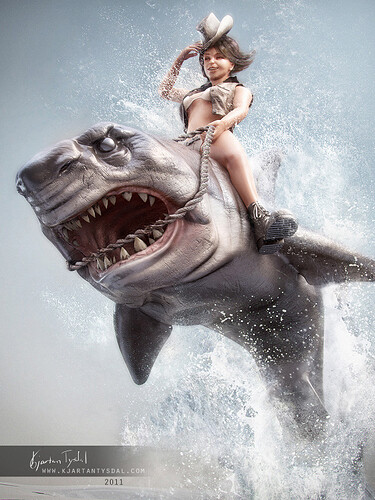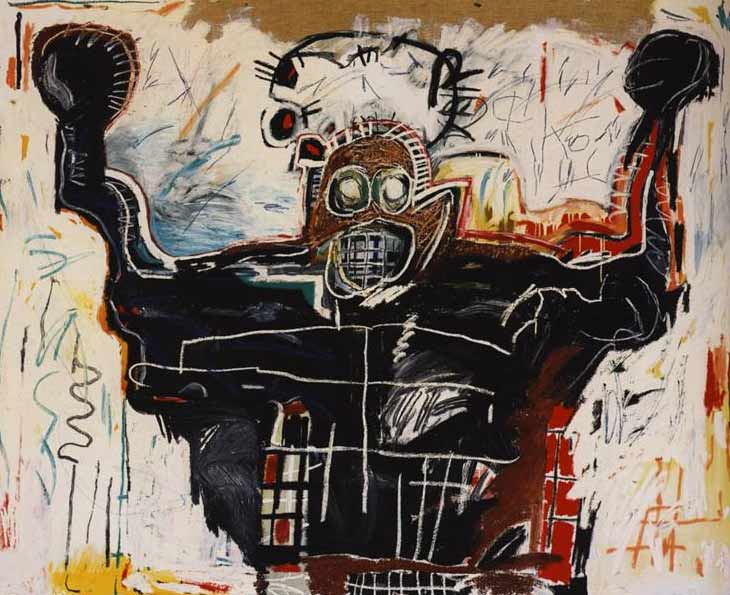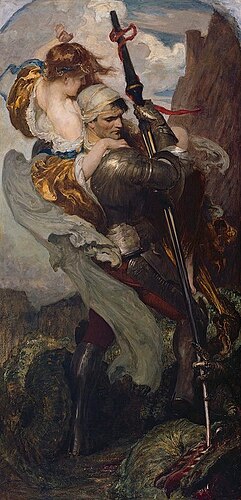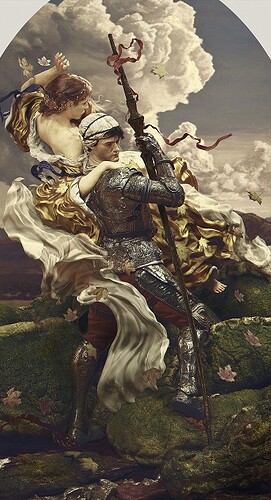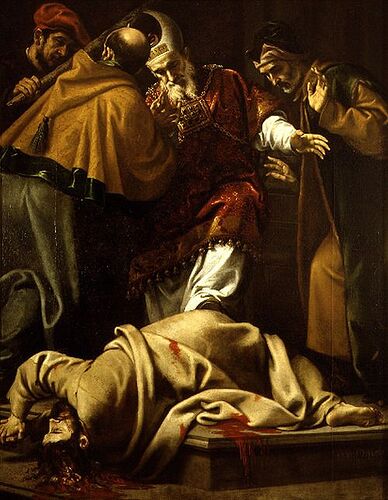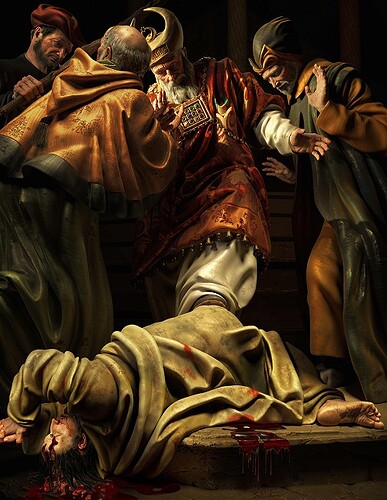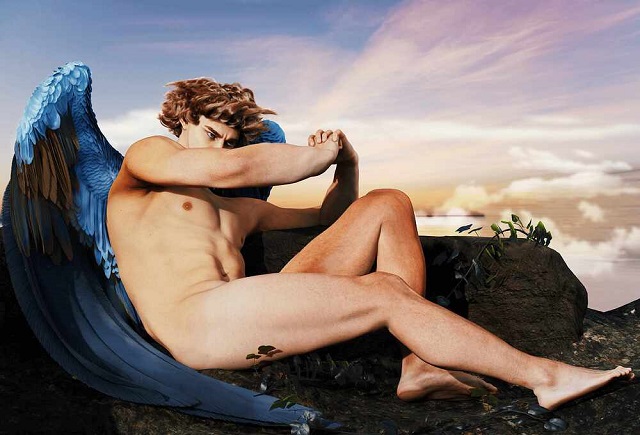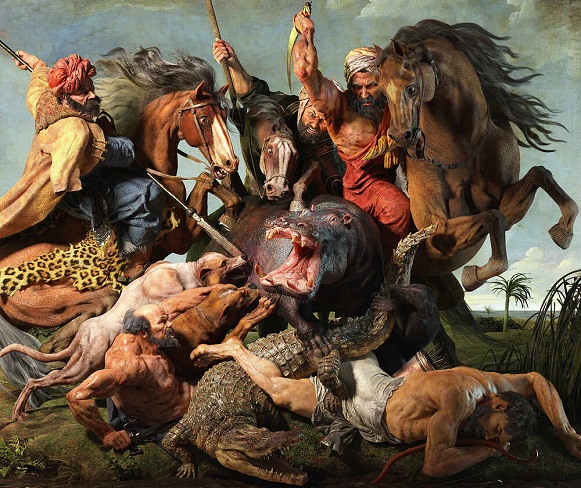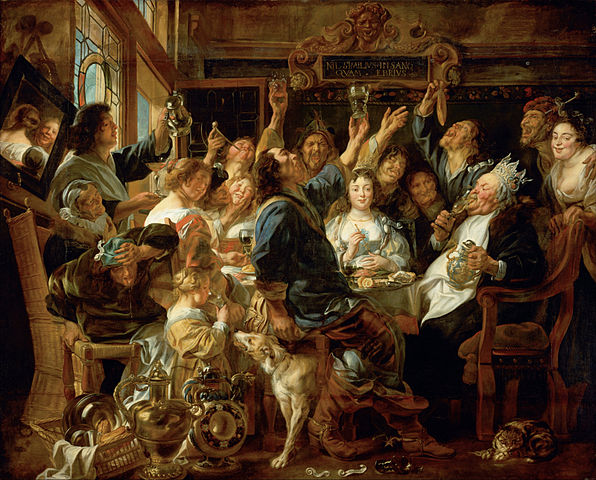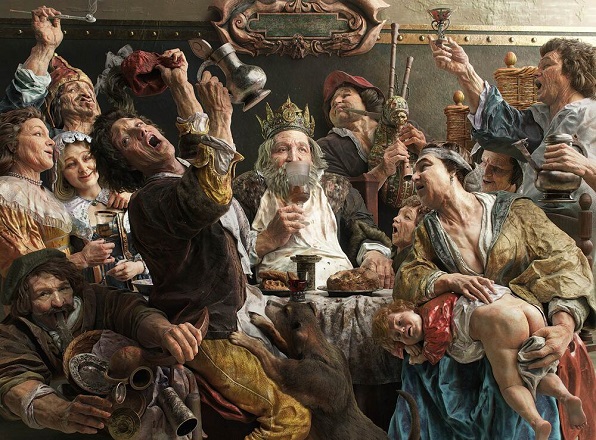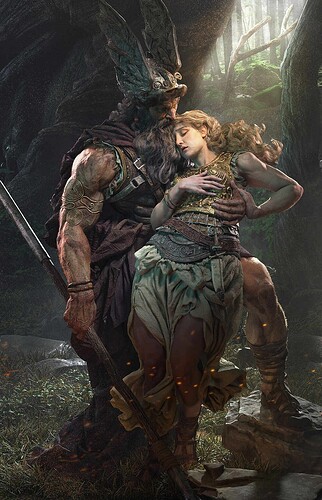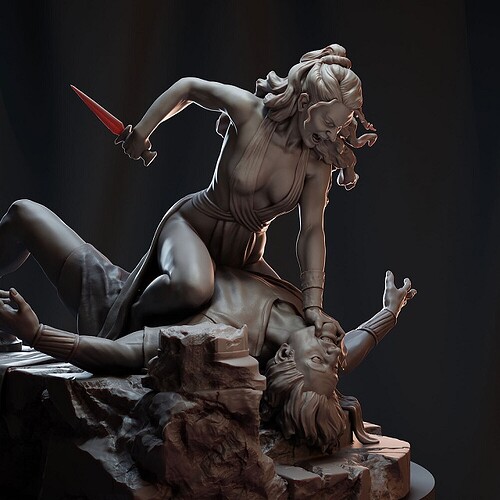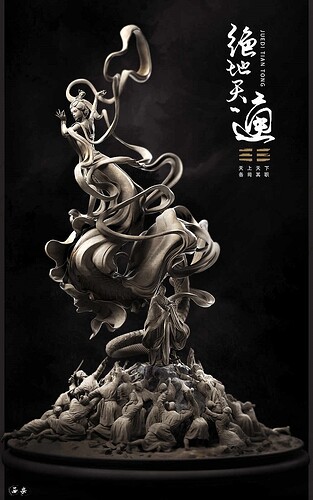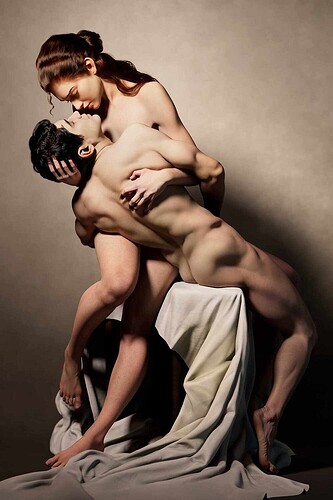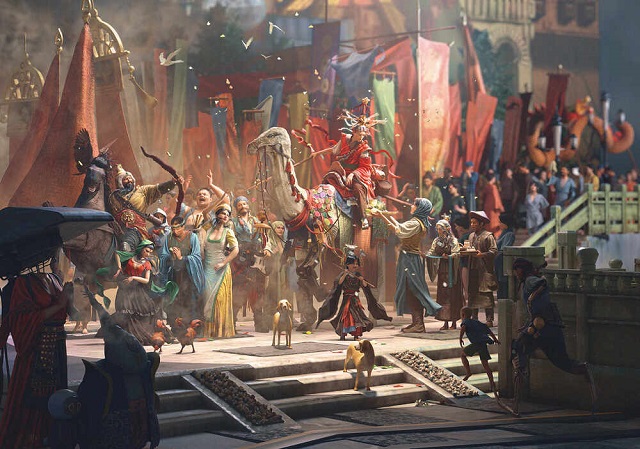It’s late(ish) sunday afternoon, the weather around these parts is kinda meh and I’m feeling a little philosphical again.
So here’s
The Claim
From my obervation, it appears as if 3d CGI, by and large, as a form of visual art, seems to have a clear tencency towards a certain sterility and lifelessness.
More precisely, this is to say, such artworks seem to either fall into the category of,- broadly speaking - character studies, where (usually one single) character constitutes typically the entire extent of what is being depicted or is at least the clear focus of the work, or else they [the artworks] display a remarkable void of any human beings (or other kinds of, usually at least anthropomorphic characters) in the frame.
There might be landscapes, cityscapes, all sorts of environments, but those are almost always either void of people or 2D.
What I mean is there is no storytelling to digital art, if we talk still images, especially if we talk 3d stills.
You will find an equivalent to still life:
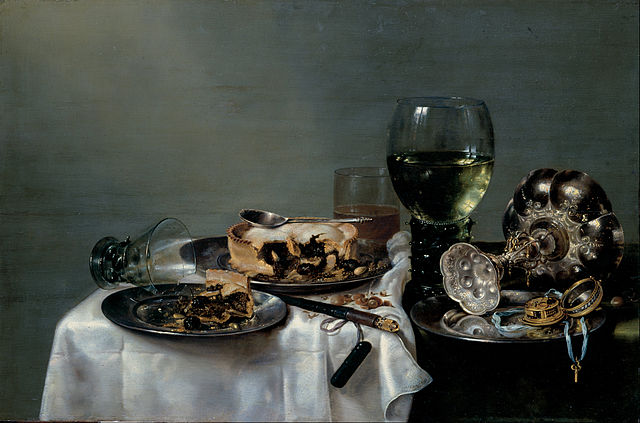
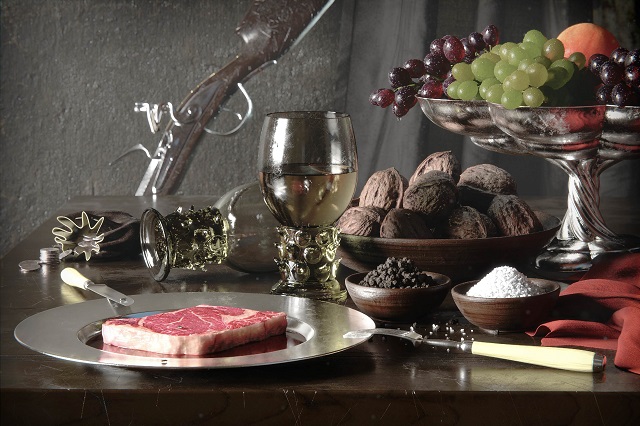
Breakfast Table with Blackberry Pie - Willem Claesz Heda (1631) || Dinner of the rich _ Still Life
To romantic landscape paintings:
The Course of Empire: The Savage State - Thomas Cole (1834) || https://www.artstation.com/artwork/lDemNk
To portraits and character studies:
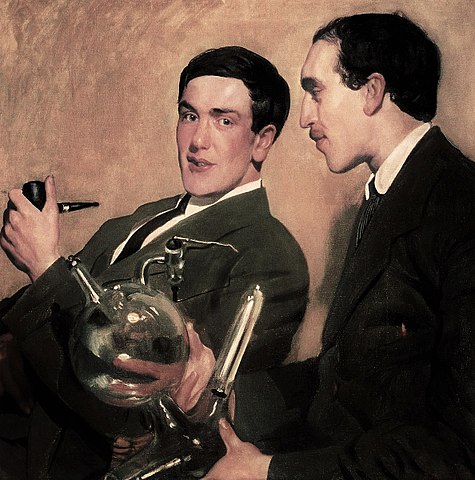
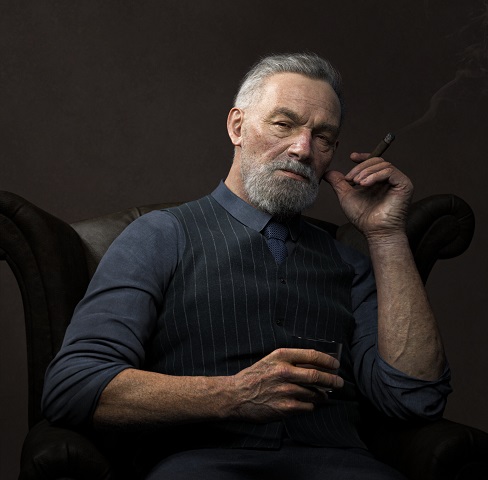
Portrait of Prof. Pyotr Kapitsa and Prof. Nikolai Semyonov - Boris Kustodiev (1921) || https://www.artstation.com/artwork/1xwzkG
To realism (the kind which excludes people):
The Flatiron - Edward Streichen (taken in 1904) || https://www.artstation.com/artwork/OG4e5e
What is notably absent, on the other hand, are:
History art:
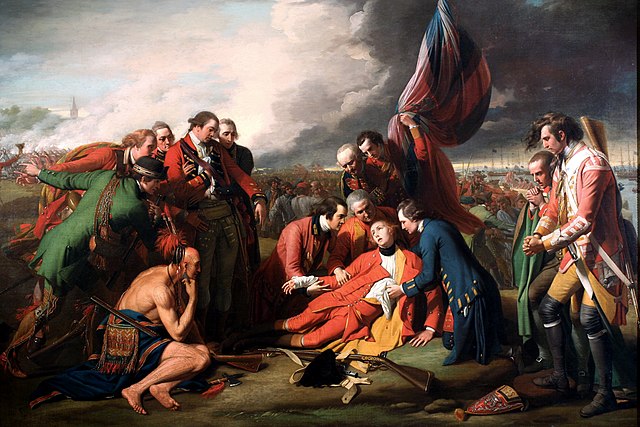
The Death of General Wolfe - James Wolfe (1770)

Chelsea Pensioners Reading the Waterloo Dispatch - David Wilkie (between 1818 & 1822)
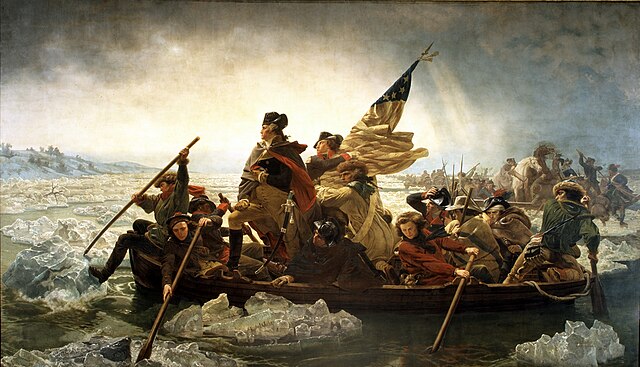
Washington Crossing the Delaware - Emanuel Leutze (1851)
Genre art:

The Hunters at Rest - Vasily Perov (1871)

Winter landscape with Skaters - Hendrick Avercamp (ca. 1608)

Bull subdued by dogs - Paul de Vos (between 1638 & 1640)

Cook at a kitchen table with dead game - Frans Snyders (between 1634 & 1637)
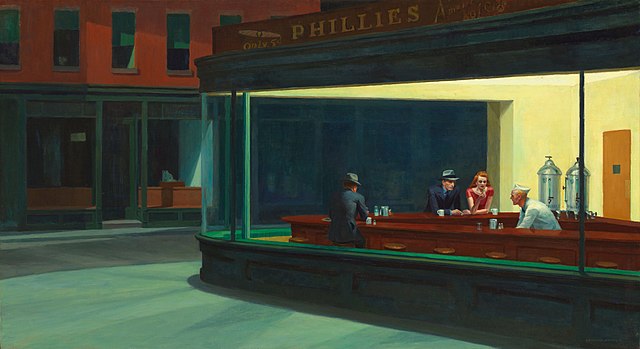
Nighthawks - Edward Hopper (21 January 1942)
Realism (the kind which includes people):
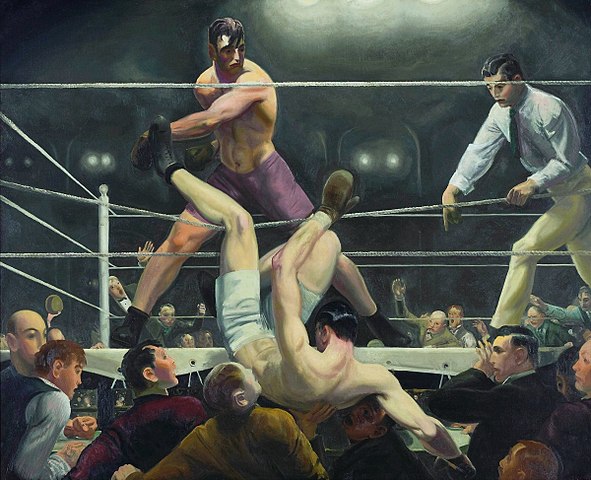
Dempsey and Firpo - George Bellows (June 1924)
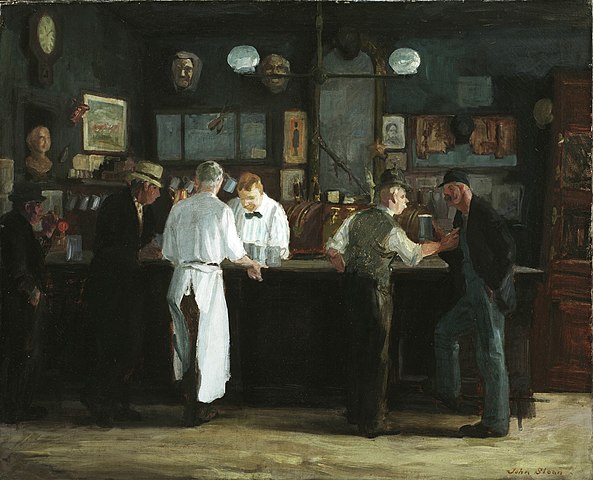
Mc Sorley’s Bar - John Sloan (1912)
So, in other words, if it includes several characters interacting, some form of noteworthy action, is situational, so to speak, its either Photoshop or it doesn’t exist.
Yes, that was a little bit polemic and a little bit hyperbolic, and there are exceptions, but those seem remarkably rare:
.https://www.artstation.com/artwork/39NOKB
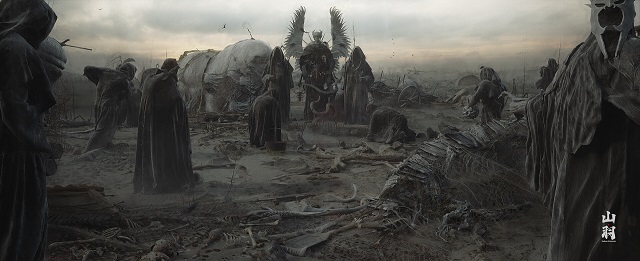
.https://www.artstation.com/artwork/qezRya
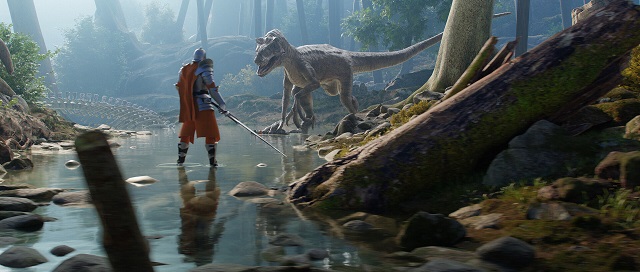
.https://www.artstation.com/artwork/qeGovD
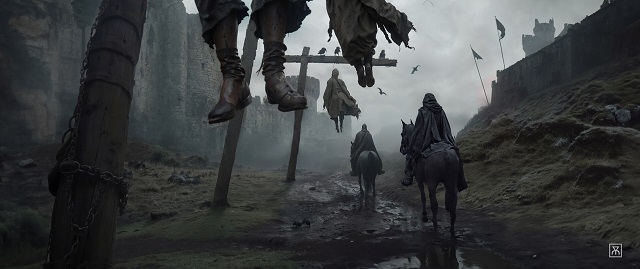
.https://www.artstation.com/artwork/elNR93
Possible Explanations
So why is that?
Are characters just so exceptionally hard to do (well?) in 3D, it’s so much of an inordinate amount of extra effort, (virtually) nobody deems it worth it?
Is it a shortage of available (premade) character assets? Like whatever there is from renderpeople.com, bigmediumsmall.com and such is too pricey and/or doesn’t cover enough (ages, genders, ethnicities, clothing styles, hairstyles, beards, cultures, periods, poses etc.)?
Are artists too lazy for it if its personal projects?
Are things in professional, paid-work contexts too departmentalized for this to ever happen outside either the concept art phase or the finished team effort?
Like you’re e.g. either a character artist or an environment artist, thus nobody ever does both?
Do artists just not care to tell a story, but only for ticking boxes in terms of what rectuiters may look for in their portfolio?
Are artists just so overexposed to postmodernistic popcultural klischees, it wouldn’t occur to them to make an artwork about,- say the assasination of Julius Caesar - unless they’d seen that in a Netflix series the week before?
Something else?
Is it just a false impression I’m getting there?
So there you have it, now it’s not lateish afternoon anymore around here.
greetings, Kologe

